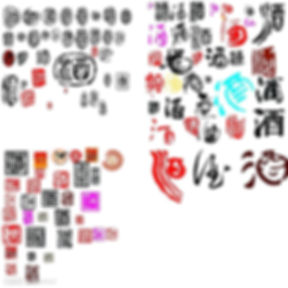Penfolds Bin 150 Marananga Shiraz 2013

We have 4 reasons why you will get on well with Bin 150 Marananga Shiraz 2013 if you like Penfolds Shiraz.
Debuting in 2008 the Bin 150 Marananga Shiraz 2013 has already accumulated 5 years of specific experience for making this sub-regional(sic, Walton’s Zilm and grower vineyards, ancient soils) expression. We think this is the right time to taste this wine because vintage 2013 quality in our view is the best so far. Stylistically this 2013 is getting very stable.
This Bin 150 Marananga Shiraz 2013 gives you a chance to escape from the classic ‘boredom’ of Penfolds stylisticsm: Single vineyard (Magill Estate Shiraz, Kalimna Block 42 Cabernet Sauvignon), single region (Bin 128 Coonawarra Shiraz, RWT Barossa Shiraz), multi-regional blends (Grange, Bin 707). This Bin 150 Marananga Shiraz is about Penfolds’ latest approach, which is contemporary alternative and sub-regional expression.
High scores from Australian wine specialist: Andrew Caillard 96+, James Halliday 96.
Low cost, comapred to RWT, St Henri and other.

We believe the Bin 150 Marananga Shiraz 2013 has nothing like Bin 28, RWT and St Henri. Yet this Bin 150 Marananga Shiraz 2013 does resembles a lot of the Penfolds shirazes with Barossa elements. Quality-wise, its almost up to the standard of that of the St Henri yet making a bit of distinction in that this Bin 150 Marananga Shiraz 2013 is more elegant(sic, North West facing) and should age (sic, we guess more than 15 years of ageing) as good as St Henri. Rightly put by Peter Gayo in his Utube introduction of Bin 150, he basically says that the Penfolds Bin 150 Marananga Shiraz is a revelation to all Penfolds Shiraz lovers. This Bin 150 Marananga Shiraz 2013 is unique in the sense that it shows a slightly more elegant feel. Still an inky, black beast in the glass with lashings of dark chocolate and coffee accented fruit, Bin 150 Marananga Shiraz 2013 does show a lingering, soft structured finish which stand the wine out from the rest.
the winemaker's tasting tasting notes makes the most active reading. You need to ponder a bit.
“Colour: Impenetrable black core with a purple rim. Nose: Wafts of soy (dark) & ulong (fermented) tea ascend. Oak is absorbed, allowing stylish Barossa fruits to weave their magic (sic, 50% new American and French oak in 300 and 500 litres). Yet there's a lot more than only fruit - demi-glace / pan scrapings / chacuterie complexities... black pudding? And beneath? Aniseed, borscht, and a beetroot / rhubarb mix... rather than the expected red or black-curranted fruits. Palate: Fresh and vibrant. Youthful. Texturally, a slinky, polished sheen massaged by very fine and grainy tannins (sic, basket press. In the flavour spectrum, double-roasted black coffee beans meshed with an assortment of dark-berried fruits, violet & musk. Measuring high on the drinkability-scale - accessible, taut. Balanced. Buffed. Barossa!”




















